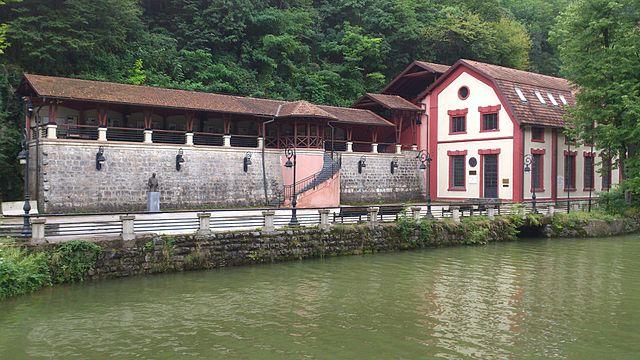Hydroelectricity in Italy
Italy is the world's 14th largest producer of hydroelectric power, with a total of 50,582 GWh produced in 2010. Electric energy from hydro accounted for about 18% of the national electricity production in 2010.
Old hydroelectric plant, now museum, in Cedegolo, Val Camonica
Chiotas Dam at Entracque
The lower reservoir of Edolo pumped storage plant
Hydroelectricity, or hydroelectric power, is electricity generated from hydropower. Hydropower supplies one sixth of the world's electricity, almost 4,500 TWh in 2020, which is more than all other renewable sources combined and also more than nuclear power. Hydropower can provide large amounts of low-carbon electricity on demand, making it a key element for creating secure and clean electricity supply systems. A hydroelectric power station that has a dam and reservoir is a flexible source, since the amount of electricity produced can be increased or decreased in seconds or minutes in response to varying electricity demand. Once a hydroelectric complex is constructed, it produces no direct waste, and almost always emits considerably less greenhouse gas than fossil fuel-powered energy plants. However, when constructed in lowland rainforest areas, where part of the forest is inundated, substantial amounts of greenhouse gases may be emitted.

The Three Gorges Dam in Central China is the world's largest power-producing facility of any kind.
Museum Hydroelectric power plant "Under the Town" in Užice, Serbia, built in 1900.
The Warwick Castle water-powered generator house, used for the generation of electricity for the castle from 1894 until 1940
Pumped-storage







